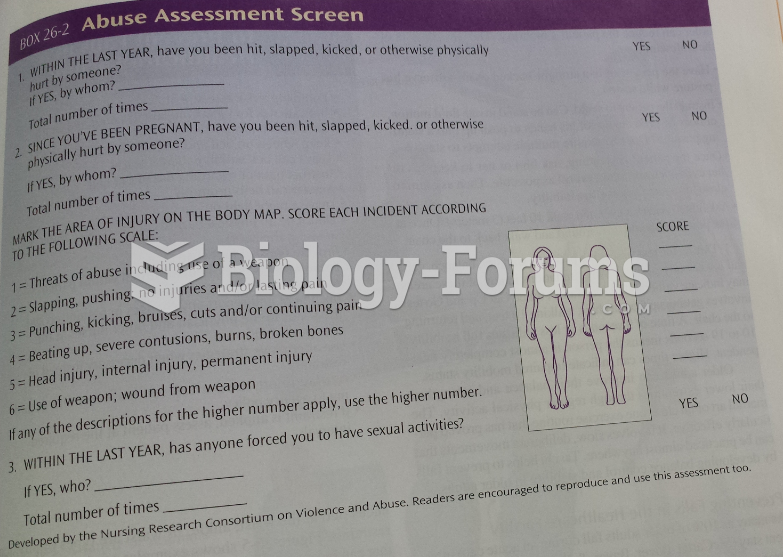Answer to Question 1
Drug abuse is a significant problem among adolescents. The rate of usage is high among high school students. According to one study, 47 of 12th graders reported having used alcohol and illicit drugs and 45 reported having used tobacco. Another study showed that 66 of 12th graders reported having been drunk at least one time during the past year. There is a distinction between one-time users and abusers, but accurate data are difficult to acquire.
Abusing drugs is especially dangerous for African American males. In one study that followed a sample of adolescents from ages 19 to 27, about 33 of the African American young men who abused drugs died by age 27, compared to 3 for White males.
Numerous approaches to prevention have been explored. Providing information or scare tactics such as the DARE drug prevention program seems to have little positive effect and may even encourage curiosity and experimentation. One overwhelmingly frequent finding is that after taking into account students' prior drug use and personal characteristics, disengagement from school and poor teacherstudent relations were associated with subsequent drug use and other risky health behaviors.
The most promising prevention programs use developmentally appropriate language and concepts; teach students to resist social pressure; provide accurate information about rates of behavior (not everyone is doing it); use interactive teaching methods such as role-playing or small groups; provide training in skills that help in many situations; give thorough coverage of the topic with follow-up; and practice cultural sensitivity.
Answer to Question 2
B







